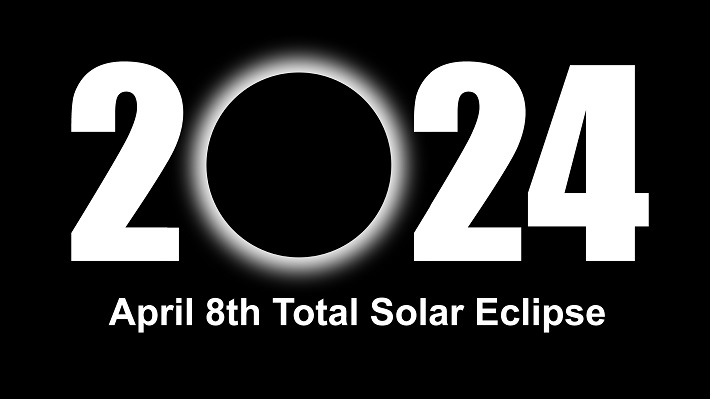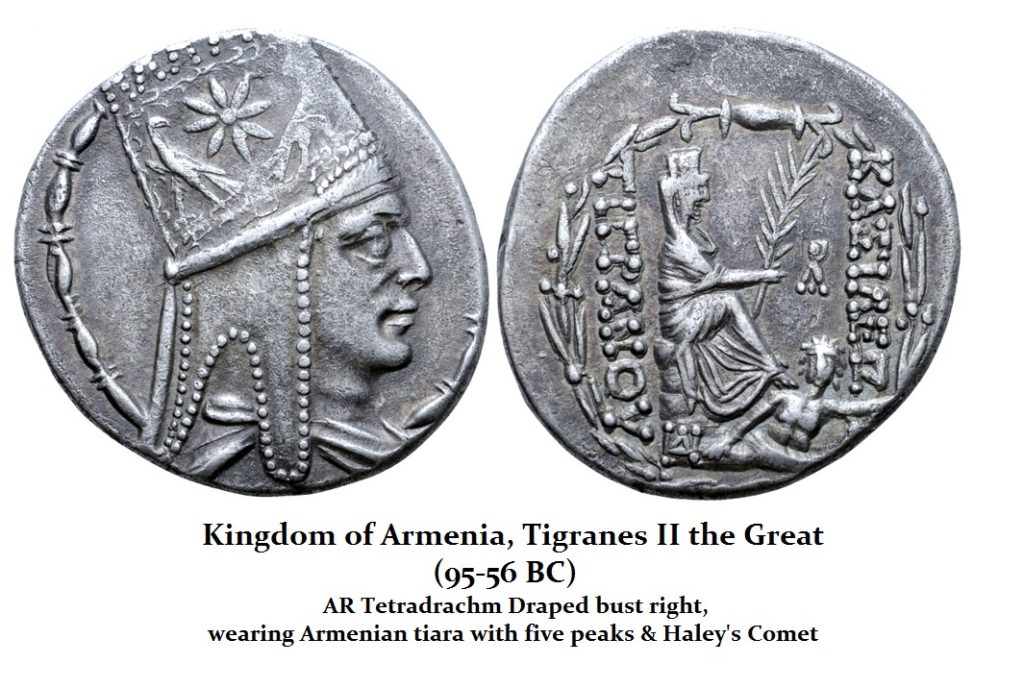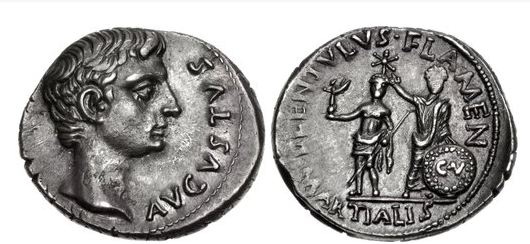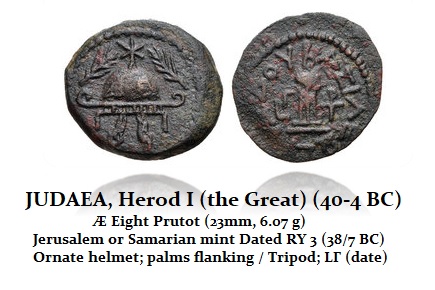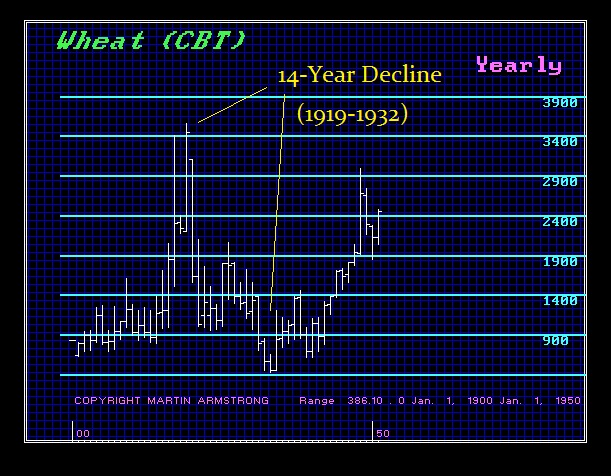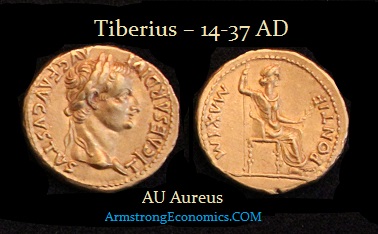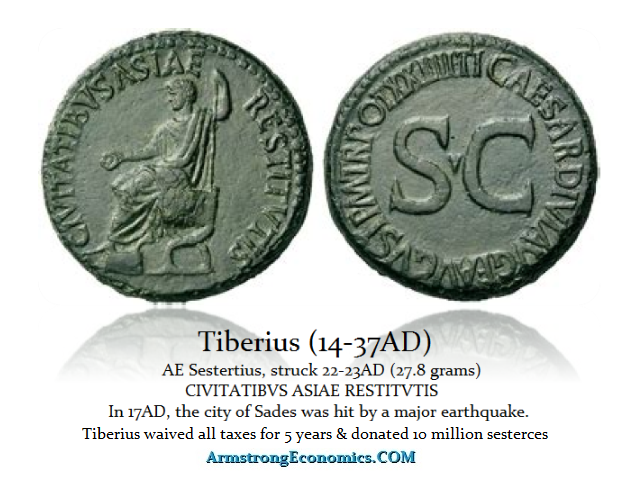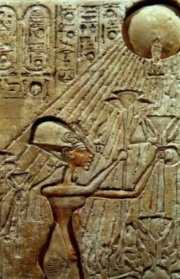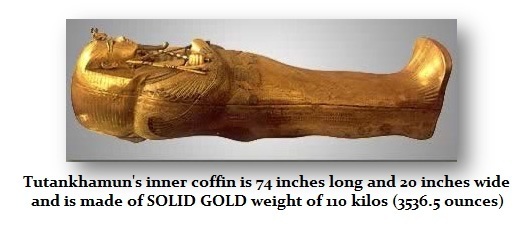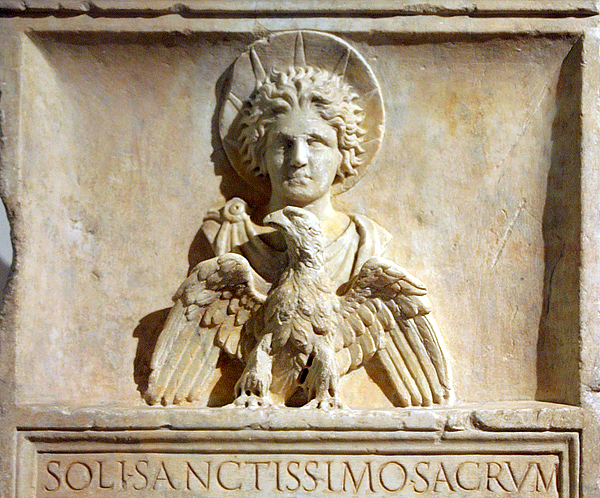April 8, 2024 | The Eclipse of ’24 – Good or Bad Omen?

Since ancient times, eclipses and comets have been omens of good and bad events. The Babylonian priests saw the connection between geopolitical events on Earth and the movement of the stars in the heavens and gave birth to astrology. But they also could see the cycles in everything and were rather good at predicting eclipses. They could easily impress the naive public that they possessed the power to make the sun disappear on their command. I’m sure someday Biden will probably still have such fantasies. So, is the Total Eclipse of 2024 an omen of a market crash or World War III?
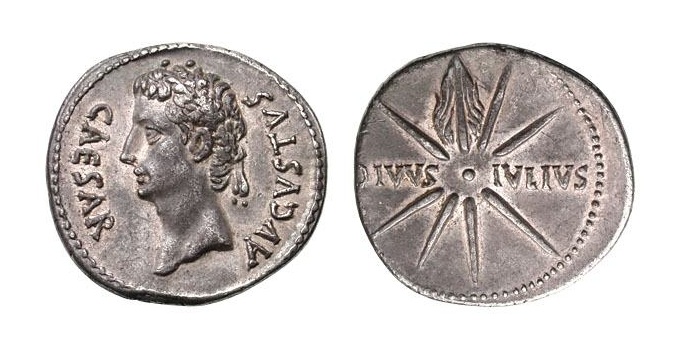
Solar eclipses have been observed throughout history. As expected, they have often been seen as omens and comets. We hear that the star of Bethlehem announced the birth of Jesus. Still, the comet that appeared the night Julius Caesar was assassinated has been historically recorded on coins, proving his divinity. So, was the total eclipse of 2024 a good or bad omen? Some point to the July 18th, 1860 total eclipse forewarned of the coming civil war. Is that what historians will look back on this 2024 total eclipse as a forewarning of war?
The appearance of a comet at the time of Julius Caesar’s death promoted his divinity for political purposes. His nephew Octavian, later to be given the name Augustus by the Senate (27BC-14AD), issued coins with the comet that appeared at the time of Caesar’s death with the legend: DIVVS IVLIVS (Divine Julius). This was self-serving and used as justification for his rule as the first Emperor of Rome, beginning the Imperial Era. But that was not Haley’s Comet.
Halley’s Comet was recorded as early as 467 BC by the Greeks. The Chinese chroniclers also mention a comet during this year. However, the Chinese astronomer Shiji also recorded its appearance in 240 BC. The Babylonians recorded its appearance in 164 BC in two clay tablets in the British Museum. Again, the Babylonians recorded its appearance once more in 87 BC. It was this appearance that lasted for about one month was celebrated on the coinage of Tigranes II the Great, an Armenian king who is depicted here on coins with a crown. It was portrayed as ushering in a New Era of the brilliant King of Kings. Tigranes II the Great issued the earliest coin depicting Haley’s Comet, represented by the star in his crown.
Haley’s Comet appeared around 12 BC and was recorded in the Book of Han by Chinese astronomers of the Han Dynasty. They tracked it from August through October during 12 BC. According to the Roman historian Cassius Dio, a comet appeared almost suspended over Rome for several days at the time of the death of Marcus Vipsanius Agrippa, Augustus’ close friend. He issued a coin depicting Agrippa with a comet above his head, recording that event.
There has been considerable debate about whether Halley’s Comet was also the Star of Bethlehem. Its appearance in 12 BC is not that distant from the conventionally assigned date of the birth of Jesus Christ, which ranges from 6AD to 4AD. This is based mostly on the biblical story of Herod the Great. It was not long before Herod’s death, which is generally attributed to having occurred in 4BC, but even that is disputed.
Referencing the Haley Comet connection, some theologians and astronomers have also suggested that this might explain the biblical story of the Star of Bethlehem and provide a more documented confirmation of his birth coinciding with the time of the death of Agrippa. However, there are also records of other comets that appeared closer to the date of Jesus’ birth. In a 1991 article in the Quarterly Journal of the Royal Astronomical Society, astronomer Colin Humphreys proposed that the Star of Bethlehem was a slow-moving comet, which Chinese observers recorded in 5 BC.
Then, a third theory was put forth in 2008 by the astronomer Dave Reneke, who argued that Jesus was born in the summer. The Star of Bethlehem, Reneke argued, may not have been a comet at all, but Venus and Jupiter came together to form a bright light in the sky. The Jewish historian Josephus tells us:
“So Herod, having survived the slaughter of his son [Antipater] five days, died, having reigned thirty-four years, since he had caused Antigonus to be slain, and obtained his kingdom; but thirty-seven years since he had been made king by the Romans.”
[War of the Jews, 1:33:8 (665); cf. Antiquities of the Jews 17:8:1 (191)]
Therefore, Josephus is providing key target dates for Herod’s death correlating three events:
Five days after the execution of his son Antipater.
Thirty-four years after he “obtained his kingdom” referring to his conquest of Jerusalem
Thirty-seven years after “he had been made king by the Romans.”
However, total eclipses have also been important omens where people have correlated human events to these events in the sky.
The 1919 eclipse, known as the Einstein Eclipse (Test of General Relativity), also marked the peak in the markets following World War I and the Great Crash. But the total eclipse of August 1932, they said, confirmed the July 1932 low of the stock market in the Great Depression, while others said it forewarned of the new against of Socialism ushered in by Roosevelt. Was the 1932 Eclipse the doomsday omen that would set in motion the debt crisis that would bring the United States down by 2032?
Yet eclipses have also been seen as major markers of events such as the Crucifixion of Jesus. The Christian gospels say that the sky was darkened for hours after the crucifixion of Jesus, which historians viewed either as a miracle or an omen of dark times ahead. Later, historians used astronomy to pinpoint the death of Christ based on this eclipse story. Some historians tie the Crucifixion to a total solar eclipse lasting 1 minute and 59 seconds that occurred in the year 29 AD. In contrast, others say a second total eclipse, blocking the sun for 4 minutes and 6 seconds, aslo took place in 33 AD, marking Jesus’ death.
The Vatican Codex, the oldest copy of the Greek Bible, speaks of the solar eclipse in the Book of Luke. This is supported by a Greek historian named Phlegon, who recorded a solar eclipse in the same period. Phlegon wrote a history entitled The Olympiads, in which he recorded a three-hour eclipse of the sun during the reign of Tiberius (14-37AD). There was also a major earthquake during the reign of Tiberius that wiped out Asia.
In fact, here is a sestertius issued by Tiberius declaring it was issued as relief for the Great Earthquake in Asia, which was devastating. It was so bad that Tiberius waived all taxes for five years and donated 10 million of these coins for the relief of the victims. Yet what is very interesting is the fact that the eclipse of 33AD was also timed with the Great Financial Panic in Rome. The Financial Panic of 33AD provides one of the few detailed accounts of events recorded by the ancient historian Tacitus (56–117AD).
Where a comet (Star of Bethlehem) marked the birth of Jesus, it was an eclipse that marked the birth of Mohammed. The Koran mentions an eclipse that preceded the birth of Mohammed. Historians later tied this to a total eclipse that lasted 3 minutes and 17 seconds in 569 AD. The sun also disappeared for 1 minute and 40 seconds after the death of Mohammed’s son Ibrahim.
Eclipses of the Sun are truly awe-inspiring monumental events that have fostered legends and correlations to world events. Many early cultures have viewed these eclipses as omens of the coming end of the world. The very word “eclipse” is Greek in origin, meaning abandonment, desertion, or relinquishment.
In China, India, Southeast Asia, and Peru, the belief was that great dragons or demons attacked the Sun during such eclipses, trying to devour it. The ancient Egyptian myth of the snake Apep that attacks the boat of the Sun god is believed now to refer to solar eclipses. There was the total eclipse of 1374/1375BC known as the Ugarit Eclipse, recorded in the Early Mesopotamian Records.
“On the day of the new moon, in the month of Hiyar, the Sun was put to shame, and went down in the daytime, with Mars in attendance.”
This was the Age of Amarna, which lasted only about twenty years. We know that Ra was the Egyptian Sun God, so we can understand how an eclipse would be very significant to the Egyptians. This Age of Amarna appears to be greatly influenced by solar eclipses. William McMurray and others have written papers suggesting possible correlations between solar eclipses and historical events, like the founding of the city of Amarna. This revolutionary period of the wealthy Pharaoh named Akhenaten dramatically changed every element of the very way of life in Egypt as he pursued his self-proclaimed monotheistic deity, the Aten sun disk. He ordered the construction, from scratch, of an entire city in the vast desert sands of Middle Egypt. He called it Akhet-Aten, the “Horizon of the Sun Disk.” Today, it is called the city of Amarna. The image of Ra, the ancient Egyptian deity of the sun, always appeared with a sun disk resting on his head from this period forward. The Egyptians aligned their buildings to solstices and equinoxes, even at Amarna, as did the Maya in South America.
His nephew Tutankhamun ruled for ten years after him with his incredible wealth, but the young boy king and his court abandoned the city after only three years. The Age of Amarna also coincided with the rise of the warrior Hittite Empire, which fought to conquer Egypt for six decades. This warfare brought the bubonic plague from the East, which devastated both empires, including royalty.
Solar eclipses are never mentioned explicitly in Egyptian writing. The cult of the Sun god Sol came from the East and the Statue of Liberty with the sun rays projecting from her head is a representation of Sol in ancient times. The cult was Sol Invictus, or the invincible sun that reappeared every day. Sol was depicted with rays of sunlight coming from his head.
Not only was Sol the model of the Statue of Liberty, but December 25th was his feast day. It was so popular that the Christians just made it Christmas since they did not know Jesus’ birthday. An eclipse was a serious event since Sol Invictus meant he returned every night after battling against the Moon and appeared victorious.
So will this mark a major turning point as we head into the ECM turn on May 7th? Some markets are making highs and geopolitical tensions are rising. What I find most alarming is the media keeps portraying Putin as threatening the USA. They never heard of the maxim, barking dogs do not bite. The media refuses to look at the American Neocons and NATO who are doing nothing BUT pushing for war. Putin is warning them that he will not go down without a fight. They keep telling everyone in Washington Putin would NEVER use a nuke because he knows we would retaliate. But if I was Putin and my country was being invaded, I would push the button. This idea that Russia can be conquered without firing a nuke is insane and they know that. They are in bed with the Climate Change morons who want to reduce the world population by at least 2 billion if not 4 billion. Putin is trying to talk common sense here but mainstream media refuses to relent.
We are in 19 cycles of 8.6 years from 1860. It does not look good, and this Total Eclipse just may be looked back on by historians as the turning point in human history. We are saddled by the worst political leadership around the world in my lifetime.
STAY INFORMED! Receive our Weekly Recap of thought provoking articles, podcasts, and radio delivered to your inbox for FREE! Sign up here for the HoweStreet.com Weekly Recap.
Martin Armstrong April 8th, 2024
Posted In: Armstrong Economics
Next: Zoning for Cash »












